Chevrolet Trax: Brake pressure modulator valve replacement
Removal Procedure
WARNING: Refer to Brake Fluid Irritant Warning .
CAUTION: Refer to Brake Fluid Effects on Paint and Electrical Components Caution .
CAUTION: Always connect or disconnect the wiring harness connector from the EBCM/EBTCM with the ignition switch in the OFF position. Failure to observe this precaution could result in damage to the EBCM/EBTCM.
- Place the ignition switch in the OFF position.
- Remove the battery tray. Refer to Battery Tray Replacement .
NOTE: The area around the electronic brake control module (EBCM) and brake pressure modulator valve (BPMV) assembly must be free from loose dirt to prevent contamination of disassembled ABS components.
- Clean the area surrounding the EBCM/BPMV assembly of any accumulated dirt and debris.
- Disconnect the EBCM electrical connector.
.gif)
Fig. 12: Master Cylinder Secondary Brake Pipe Fitting
- Disconnect the master cylinder secondary brake pipe fitting (1) from the BPMV.
- Cap the brake pipe fitting and plug the BPMV inlet port to prevent brake fluid loss and contamination.
.gif)
Fig. 13: Master Cylinder Primary Brake Pipe Fitting
- Disconnect the master cylinder primary brake pipe fitting (1) from the BPMV.
- Cap the brake pipe fitting and plug the BPMV inlet port to prevent brake fluid loss and contamination.
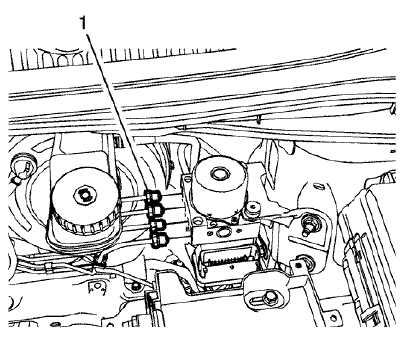
Fig. 14: Front And Rear Brake Pipe Fittings
- Reference mark the BPMV outlet brake pipe fittings (1) and disconnect the fittings.
- Cap the brake pipe fittings and plug the BPMV outlet ports to prevent brake fluid loss and contamination.
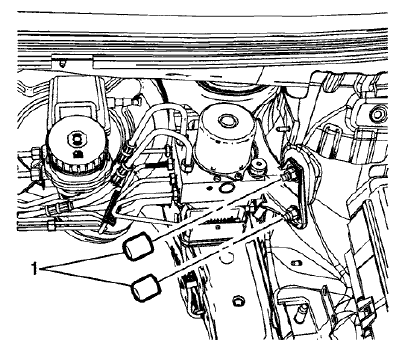
Fig. 15: BPMV Bracket Nut Protective Caps
- Remove the protective caps (1) from the BPMV bracket nuts.
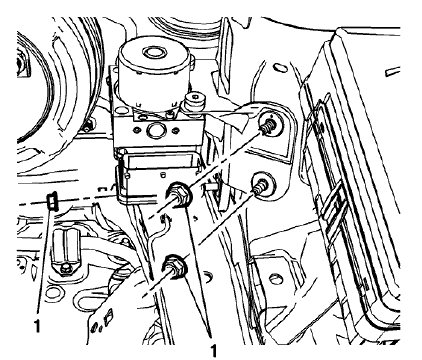
Fig. 16: Electronic Brake Control Module And Bracket Assembly Nuts
- Remove the EBCM/BPMV and bracket assembly nuts (1).
- Remove the EBCM/BPMV and bracket assembly from the vehicle.
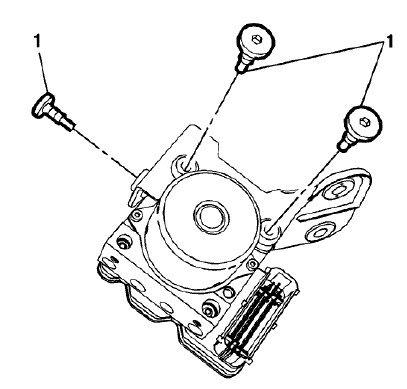
Fig. 17: Brake Pressure Modulator Valve Bolts
- Remove the BPMV bolts (1).
- Remove the BPMV bracket.
- If installing a new BPMV, remove the EBCM. Refer to Electronic Brake Control Module Replacement.
Installation Procedure
- If installing a new BPMV, install the EBCM. Refer to Electronic Brake Control Module Replacement.
- Install the BPMV bracket to the BPMV.
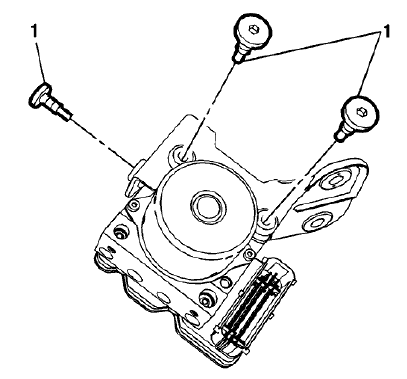
Fig. 18: Brake Pressure Modulator Valve Bolts
CAUTION: Refer to Fastener Caution .
- Install the BPMV bolts (1) and tighten to 11 N.m (97 lb in).
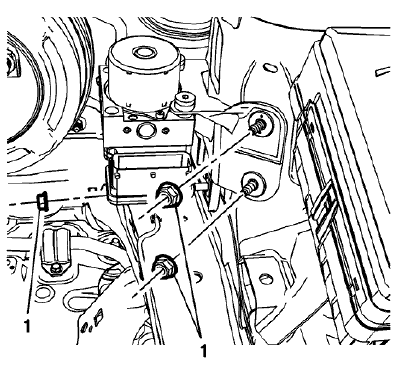
Fig. 19: Electronic Brake Control Module And Bracket Assembly Nuts
- Install the EBCM/BPMV and bracket assembly to the vehicle.
- Install the EBCM/BPMV and bracket assembly nuts (1) and tighten to 17 N.m (12 lb ft).

Fig. 20: BPMV Bracket Nut Protective Caps
- Install the protective caps (1) to the BPMV bracket nuts.
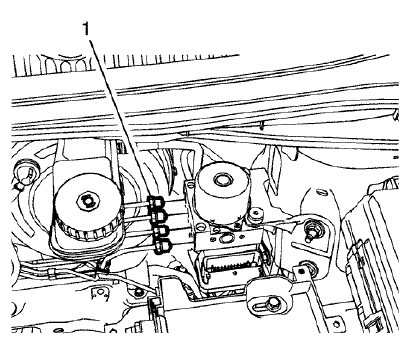
Fig. 21: Front And Rear Brake Pipe Fittings
NOTE: Install the brake pipes in the same locations referenced during removal.
- Install the BPMV outlet brake pipe fittings (1) to the BPMV outlet ports.
- Connect the brake pipe fittings and tighten to 18 N.m (13 lb ft).

Fig. 22: Master Cylinder Primary Brake Pipe Fitting
- Connect the master cylinder primary brake pipe fitting (1) to the BPMV and tighten to 18 N.m (13 lb ft)

Fig. 23: Master Cylinder Secondary Brake Pipe Fitting
- Connect the master cylinder secondary brake pipe fitting (1) to the BPMV and tighten to 18 N.m (13 lb ft).
- Connect the EBCM electrical connector.
- Install the battery tray. Refer to Battery Tray Replacement .
- Bleed the hydraulic brake system. Refer to Hydraulic Brake System Bleeding (Manual) , Hydraulic Brake System Bleeding (Pressure) .
- Perform the Diagnostic System Check - Vehicle .
- Observe the brake pedal feel after performing the diagnostic system check. If the pedal now feels spongy, air may have been in the secondary hydraulic circuit of the brake modulator which may have been introduced into the primary circuit. If the pedal feels spongy, bleed the antilock brake system. Refer to Antilock Brake System Automated Bleed.

